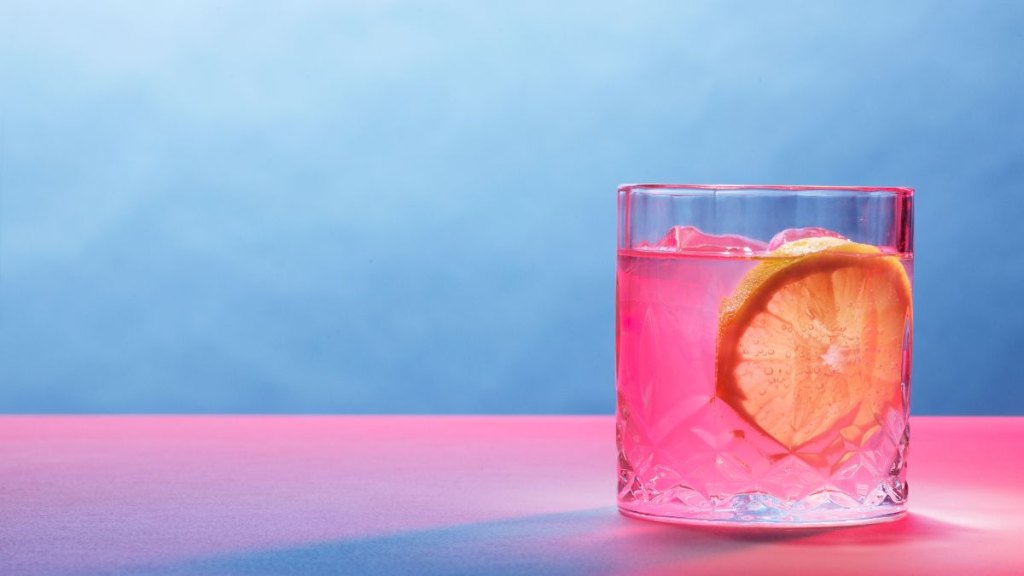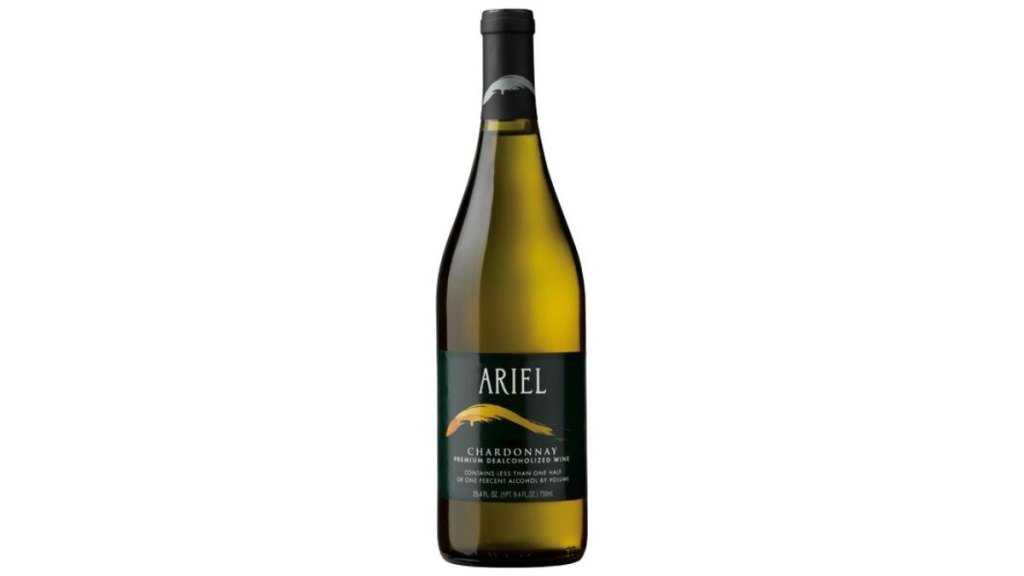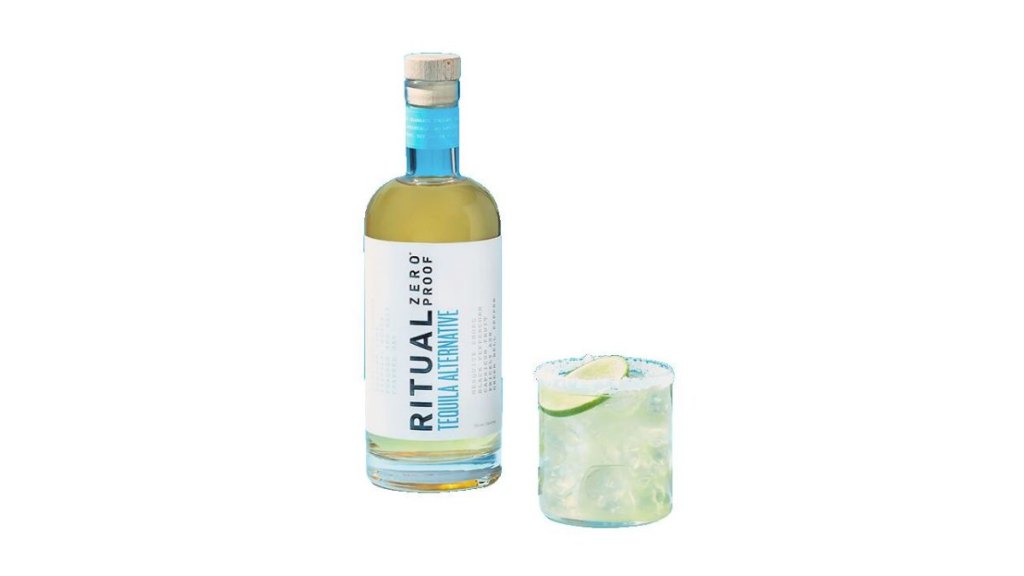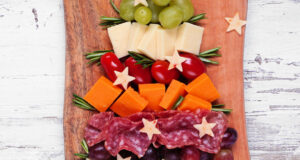Until recently consuming moderate amounts of alcohol was thought to be healthy for your heart and brain, and maybe other aspects of health. But the message has changed, with the World Health Organization declaring in 2023 that no amount of alcohol consumption is safe for our health. If you feel like you’re experiencing informational whiplash, you’re hardly alone.
So what’s the real story?
It’s complicated. For one thing, recent studies have called into question the findings of earlier ones that suggested alcohol is beneficial for cardiovascular health. “The evidence became murkier,” says Alison Moore, M.D., MPH, a professor of medicine and director of the Stein Institute for Research on Aging and the Center for Healthy Aging at UC San Diego. Indeed, newer research suggests that women who enjoy more than one alcoholic beverage per day are more likely to develop coronary heart disease than those who drink less. And a study involving 107,845 adults in Europe found that consuming 1.2 drinks per day—an amount that’s considered “moderate”—is associated with an increased risk of atrial fibrillation (a heart arrhythmia that can lead to stroke or heart failure).
For another thing, alcohol is now recognized as a carcinogen and its consumption has been linked to cancers of the breast, mouth, throat, esophagus, liver and colon. Recent research also suggests that alcohol consumption may accelerate genetic aging. Together, these findings have led some health organizations to change their recommendations.
But the U.S. Dietary Guidelines still advise women who drink alcohol to limit their intake to one drink per day or less (men should have a maximum of two drinks per day). To be clear, this recommendation is aimed at reducing risks associated with drinking alcohol, not to improve your health. So if you don’t already consume alcohol, the latest research shows that there isn’t a health-related reason to start.
A cultural shift
Thanks, in part, to the sober curious movement, in which people examine their alcohol intake and the health benefits of eliminating it or cutting back, and challenges such as Dry January and Sober October, more adults are cutting back on their alcohol consumption. One survey of more than 1,000 people found that 41% of adults in the U.S. are trying to drink less in 2024. This desire isn’t related to addiction but to wanting to feel and function better.
“Often what they’re looking for is improved sleep, more energy, weight loss and better control over their mood,” says Dawn Jackson Blatner, RDN, a dietitian nutritionist in Chicago and author of The Flexitarian Diet. This experiment usually works—and it doesn’t take long. Research shows that when moderate to heavy drinkers took a month off from drinking alcohol, their insulin resistance and blood pressure improved and they lost weight.

Jennifer Moxley, 47, found that consuming alcohol was magnifying her perimenopausal night sweats and downbeat moods, so she drastically reduced her intake. Now she consumes alcohol only when she goes on vacation. “Allowing myself the option but making the choice to not drink has taken off immense pressure to being alcohol-less,” says Moxley, founder of the She Dreams In Color Foundation, a mental-health nonprofit organization for women, in Charlotte, North Carolina. “I learned to remind myself that ‘tomorrow me’ will thank me for not drinking today.”
Fortunately, it’s getting easier for women to make a similar decision. “There’s increased acceptance of alcohol-free beverages in bars and restaurants—there’s a real cultural shift under way,” says Stephen Holt, M.D., M.S., associate professor of medicine at Yale School of Medicine and director of the Addiction Recovery Clinic at Yale.
Weighing the perks and perils of alcohol
Ultimately, the risk versus pleasure trade-off of consuming alcohol needs to be considered on an individual basis, based on your health status, age, lifestyle, medication use and other factors, experts say. “Alcohol is a riskier proposition as you get older—you have to be more cautious,” explains Dr. Moore. As the decades pass, the body’s water content decreases, which means that if you consume the same amount at age 60 as you did at 30, your blood alcohol level will be much higher. In addition, “the brain becomes more vulnerable to the effects of alcohol as you get older,” Dr. Moore says, which means that your thinking, balance and judgment can become more impaired than you might expect.
These changes are in addition to the fact that at any age, women tend to be more sensitive to the effects of alcohol than men. This is because women generally weigh less and a woman’s stomach has lower levels of an enzyme that breaks down alcohol before it goes into the bloodstream, Dr. Moore explains.
Given these risks, what’s a health-conscious woman to do? You don’t necessarily have to become a teetotaler, but you may want to shift your approach to consuming alcohol. “Use it as a special-occasion thing like a dessert,” Dr. Moore suggests. “You can’t have it every day or have too much.”
Smart ways to rethink how you drink

Recognize what constitutes a serving of alcohol
There is a standard definition of a serving, regardless of who’s pouring or how big the glass is: 5 ounces of wine, 12 ounces of regular beer or 1.5 ounces of distilled spirits (such as vodka, gin, rum or tequila) equals one drink.
Set your own limits
One way to do this is to set a goal for cutting down to no more than seven drinks per week. Another is to avoid consuming alcohol more than two days in a row: “When you have it more than two days in a row, it becomes a pattern and sets up a demand-fulfill loop in your brain,” says Karen S. Kantor, LICSW, an outpatient therapist in the Division of Alcohol, Drugs, and Addiction at McLean Hospital in Belmont, Massachusetts. “When you don’t keep feeding that loop, it quiets down,” she explains.
Heather Spiva, 48, enjoys a glass of good red wine, preferably every night. But “I was getting to the point that it wasn’t just one glass anymore—one became two, and then two became three,” says Spiva, who lives in Sacramento, California. “I began to change how I drink. My husband is a fire captain and he’s often gone for work for 48 hours at a time. I decided no more drinking, even one glass, while he’s gone.” But she will enjoy a glass of wine or at most two when they go out for dinner or on the weekends when he’s home.
Contemplate what you’re really craving
“Often the craving for alcohol is for a feeling, not a taste,” says Kantor. In these instances, she recommends asking yourself What do I need right now? What else could give me that feeling? If you’re feeling anxious, you could distract yourself by taking the dog for a walk or watching TV. Feeling bored? Call a friend. Or consider whether you’re hungry, in which case, having a snack might help. “If you give yourself a beat to identify how you’re feeling and what you need, that can lead to different outcomes,” Kantor says.
Alcohol-free options
When you want the taste and experience of your favorite sip without the alcohol, try these delicious drinks!
If you like beer…

Athletic Brewing Company has created nonalcoholic brews that beer drinkers say taste just like the real thing. The drinks come in varieties like Oktoberfest, IPAs, Belgian-style white, dark and more. Find them in liquor stores, grocery stores, restaurants and online at AthleticBrewing.com.
If you like wine…

Ariel Vineyards makes a variety of highly rated nonalcoholic red and white wines, from cabernet sauvignon to chardonnay and more. Made from fruit harvested on the J. Lohr Vineyards, you can find these delicious wines at liquor stores, grocery stores and online at ArielVineyards.com.
If you like cocktails…

Drinkers rave about the flavor in Ritual Zero Proof whiskey, gin, tequila , rum and aperitif alternatives. Created by friends looking for alcohol-free options that taste just like the real thing, they’re available in grocery stores, liquor stores and online at RitualZeroProof.com.




